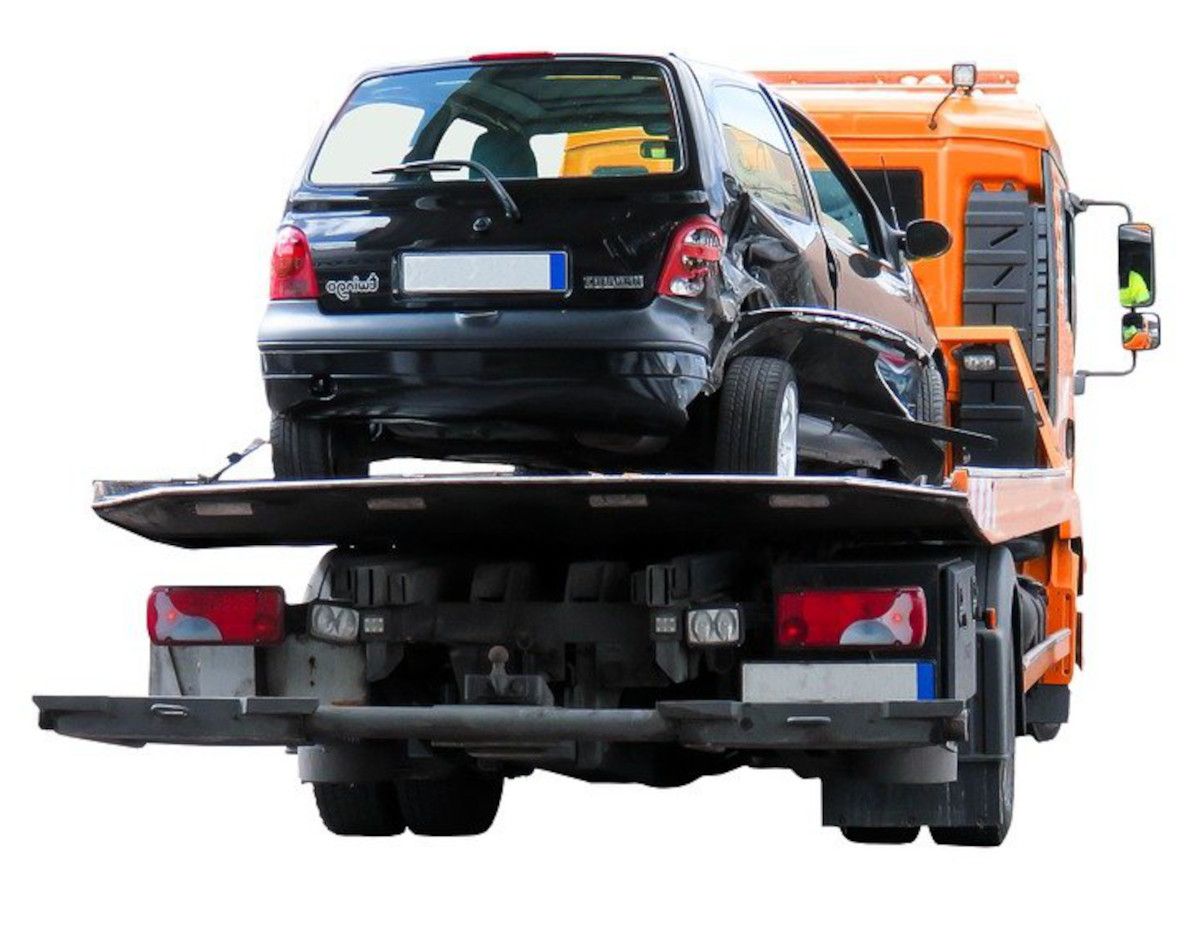Consumers Largely Sought No Relief in Car Insurance Costs During the Pandemic

Millions of Americans stayed home from work, school and social outings during the pandemic, and so did their cars. But even as their cars sat idle — and therefore not likely to be involved in an accident — more than half took no action to reduce their insurance cost, a new survey finds.
The J.D. Power 2021 U.S. Insurance Shopping Study also found that those who did take action to cut insurance costs paid little attention to brand names, despite the industry spending $10 billion on advertising in an attempt to build brand equity.
Insurers returned an unprecedented $18 billion in auto insurance premiums to customers who drove less but 43% of shoppers were unaware of the reductions.
“The pandemic has revealed a lot about insurance shopping behaviors in 2020, as there was a significant surge in shopping activity among customers who were financially affected and many gravitated to big, well-known brands and offers for lower rates,” Tom Super, head of property & casualty insurance at J.D. Power, said in prepared remarks.
The survey found that 54% of auto insurance customers did nothing to cut insurance spending during the pandemic. Among the 46 percent who made changes, 17 percent reduced coverage and 15 percent shopped for another carrier entirely, the survey found. Approximately 12 percent went for an increased deductible or switching to another carrier.
The Consumer Federation of America and other consumer groups have charged that insurers wracked up “massive windfall profits” as a result of the lower accident claims and should agree to a new set of refunds, in addition to what the groups called the “woefully inadequate premium relief provided in the spring.”
There was a 6 percentage point increase in shopping activity among customers who had a pandemic-related change in their financial circumstances, seen by analysts as a relatively small response considering that there was a 55 percent decrease in the average number of miles driven at the height of the pandemic.
While consumer advocates may be concerned that so few policyholders tried to cut their costs during the crisis, marketers may be feeling anxious about the findings that consumers’ response to brand advertising is perhaps best described as tepid.
“Ironically, while the industry’s estimated annual ad spend now nears $10 billion, consumers say they see less differentiation among the top brands,” Super said. “Following a period of massive disruption and a prolonged, uneven recovery, auto insurance customers have a heightened expectation about factors such as price, flexibility and coverages. Insurers need to get more creative around customer service and delivery because the current incremental changes are missing the mark.”
Companies ranked
Liberty Mutual and State Farm rank highest in a tie among large auto insurers in providing a satisfying purchase experience, each with a score of 872 (on a 1,000-point scale). The segment average is 871.
American Family ranks highest among midsize auto insurers, with a score of 899. Amica Mutual (891) ranks second and Erie Insurance (882) ranks third. The segment average is 858.
